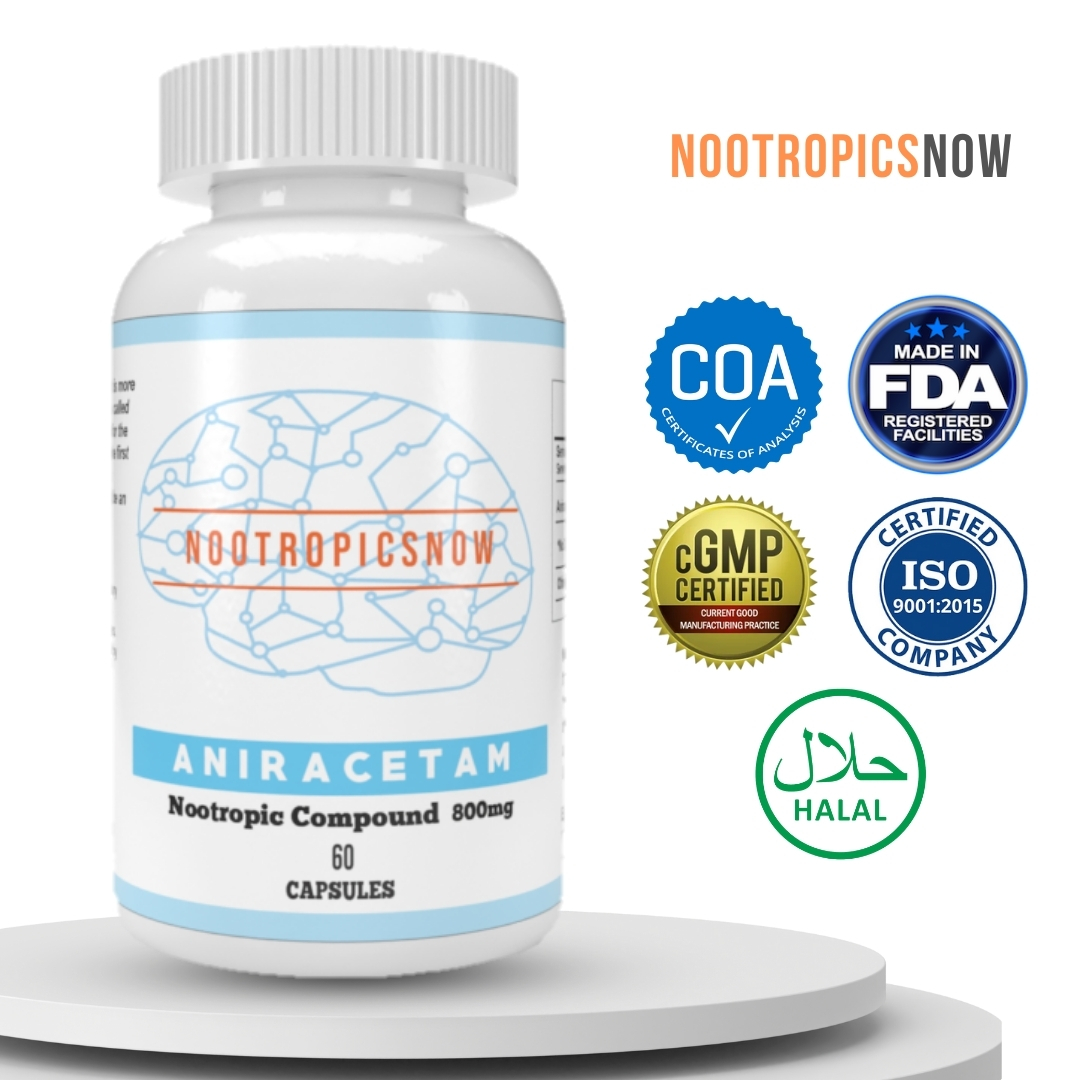L-Theanine Half-Life: What You Need to Know

Half-Life of L-Theanine: Optimizing Dosage and Timing

L-Theanine, a non-protein amino acid primarily found in green tea leaves and certain mushrooms, has garnered considerable attention for its potential calming and cognitive-enhancing effects. Understanding its pharmacokinetics, particularly its half-life, is crucial for optimizing dosage and timing to achieve the desired benefits. The half-life of a substance refers to the time it takes for half of the initial dose to be eliminated from the body. This article delves into the specifics of L-theanine’s half-life, its metabolism, and practical implications for users seeking to maximize its efficacy.
Defining the Half-Life of L-Theanine
The half-life of L-theanine varies slightly depending on the form of administration, but generally falls within a relatively short timeframe. This means the compound is metabolized and cleared from the body relatively quickly.
Metabolism and Elimination Pathways
Once ingested, L-theanine is rapidly absorbed in the small intestine and swiftly enters the bloodstream. It crosses the blood-brain barrier with relative ease, exerting its effects on the brain. It is important to note that metabolism occurs primarily in the liver and kidneys.
Following absorption, L-theanine undergoes hydrolysis, breaking down into ethylamine and glutamic acid. Consequently, this rapid metabolic process contributes to its short half-life, limiting the duration of its effects. The body’s efficient elimination mechanisms ensure that L-theanine does not accumulate to harmful levels, even with repeated doses. However, this also means frequent dosing may be required to maintain consistent effects.
Impact on Effects and Duration
Despite its short half-life, L-theanine’s impact on cognitive function and relaxation can be noticeable. Even though the compound is rapidly cleared from the body, its effects can linger.
Optimizing Dosage and Timing Strategies
Given L-theanine’s swift metabolism and elimination, strategic dosing is essential to maximizing its cognitive and mood-enhancing benefits. The following strategies can help users optimize their L-theanine intake:
Safety Profile and Tolerance Considerations
L-theanine is generally regarded as safe and well-tolerated, with minimal reported side effects. The US Food and Drug Administration (FDA) considers L-theanine safe at doses up to 250 mg.
However, like any supplement, it’s essential to consider safety and tolerance when incorporating L-theanine into a daily routine. The following considerations are vital:
Impact of Individual Factors on Half-Life
Several factors can influence the half-life and effects of L-theanine, highlighting the importance of individualized approaches.
Scientific Evidence and Research Findings
Numerous studies have investigated the effects of L-theanine on cognitive function and mood, providing valuable insights into its efficacy.
The Role of Gut Microbiome
Emerging research suggests that the gut microbiome plays a role in the metabolism and effects of various compounds, including L-theanine.
Forms of L-Theanine and Bioavailability
L-theanine is available in various forms, including capsules, tablets, powders, and liquids. The bioavailability of L-theanine can vary depending on the formulation and route of administration.
Potential Future Research Directions
While existing research provides valuable insights into L-theanine’s effects and pharmacokinetics, several areas warrant further investigation.
L-Theanine and Combination Therapies
L-Theanine, due to its versatile nature, can be combined with other therapies to enhance overall cognitive and mental well-being. Some notable combinations include:
Conclusion: Maximizing L-Theanine Benefits
Understanding the half-life of L-theanine is crucial for optimizing its cognitive and mood-enhancing effects. By considering its rapid metabolism and elimination, users can implement strategic dosing strategies to maintain consistent blood levels and maximize its benefits.
In summary, L-theanine is a safe and well-tolerated compound with potential cognitive and mood-enhancing effects. By considering individual factors, and consulting with a healthcare professional, individuals can harness the benefits of L-theanine to promote optimal cognitive function, reduce stress, and improve overall well-being. Ongoing research promises to further elucidate the mechanisms and clinical applications of this valuable compound, paving the way for personalized and evidence-based approaches to cognitive enhancement and mental wellness.
Half-Life of L-Theanine: Optimizing Dosage for Cognitive Benefits
The half-life of L-theanine is a critical factor in understanding how this popular amino acid affects the brain. Comprehending how long L-theanine remains active in the body allows individuals to optimize their dosage and timing for maximum cognitive and relaxation benefits. Furthermore, understanding its metabolic pathway contributes to making informed decisions about incorporating it into a daily routine.
Understanding L-Theanine
L-theanine is a non-protein amino acid primarily found in green tea and certain types of mushrooms. Therefore, it is associated with relaxation, stress reduction, and enhanced cognitive function.

View Product
Unlike other amino acids, L-theanine is unique in its ability to cross the blood-brain barrier. Its effects are centered around modulating neurotransmitters in the brain.
Half-Life Explained
The half-life of a substance refers to the time it takes for half of the initial dose to be eliminated from the body. This pharmacokinetic parameter is essential for determining dosing frequency and predicting the duration of a drug or supplement’s effects. When considering L-theanine, knowing its half-life helps individuals understand how often to administer it to sustain its benefits.
Pharmacokinetics of L-Theanine
Once ingested, L-theanine is rapidly absorbed in the small intestine, making it readily available for distribution throughout the body. Following absorption, it crosses the blood-brain barrier, where it begins to exert its effects on brain activity.
Metabolism and Elimination
After absorption, L-theanine undergoes metabolic processes in the liver. It is primarily hydrolyzed into ethylamine and glutamic acid. Ethylamine and glutamic acid are compounds that are then metabolized or excreted. The rapid metabolism and elimination of L-theanine contributes to its relatively short half-life.
Detailed Half-Life Values
The half-life of L-theanine varies slightly depending on the form in which it is ingested. Typically, L-theanine consumed in capsule form has a half-life of approximately 1.2 hours. In comparison, L-theanine derived from green tea may exhibit a shorter half-life of around 0.8 hours. These slight variations are likely due to differences in absorption rates and the presence of other compounds in green tea that may influence its metabolism.
Table: Half-Life Comparison
| Form of L-Theanine | Approximate Half-Life |
|---|---|
| ——————– | ———————- |
| Capsule Form | 1.2 hours |
| Green Tea | 0.8 hours |
Impact on Duration of Effects
While the half-life of L-theanine is relatively short, its effects can persist beyond this timeframe. Users often report experiencing its calming and focus-enhancing effects for up to 1.5 to 2 hours after ingestion. This is because L-theanine influences neurotransmitter activity, leading to sustained cognitive and emotional benefits that outlast its presence in the bloodstream.
Neurotransmitter Modulation
L-theanine affects several key neurotransmitters in the brain, including gamma-aminobutyric acid (GABA), dopamine, and serotonin. It promotes relaxation and reduces anxiety by increasing GABA levels. This is a neurotransmitter known for its calming effects. It also influences dopamine and serotonin, neurotransmitters involved in mood regulation and cognitive function. By modulating these neurotransmitters, L-theanine enhances focus, reduces stress, and improves overall cognitive performance.

View Product
Optimal Dosing Strategies
Understanding the half-life of L-theanine is crucial for developing effective dosing strategies. Given its short duration of action, the best approach is to divide the total daily dose into multiple smaller doses taken throughout the day. This helps maintain a consistent level of L-theanine in the bloodstream, prolonging its cognitive benefits.
Divided Doses
For example, an individual taking 200mg of L-theanine daily might divide this into two 100mg doses taken 4-6 hours apart. This strategy ensures a steady supply of L-theanine, maximizing its impact on cognitive function and relaxation.
Timing Considerations
The timing of L-theanine administration is equally important. To optimize cognitive performance, take L-theanine approximately 30 to 60 minutes before engaging in mentally demanding tasks.

View Product
This allows sufficient time for the amino acid to be absorbed and exert its effects on brain activity. Individuals often find that taking L-theanine before work, studying, or creative activities enhances focus, reduces stress, and improves overall productivity.
Stacking with Caffeine
L-theanine is commonly stacked with caffeine to leverage their synergistic effects. Caffeine provides alertness and energy, while L-theanine mitigates the jitteriness and anxiety that sometimes accompany caffeine consumption. This combination results in a balanced state of heightened focus and relaxed alertness.
Synergistic Effects
When combined, L-theanine and caffeine work together to enhance cognitive performance. L-theanine’s calming effects complement caffeine’s stimulating properties, resulting in a more sustained and balanced cognitive boost. This synergy makes the L-theanine and caffeine combination a popular choice for individuals seeking to enhance their focus and productivity.
Dosage Recommendations for Stacking
The typical dosage for stacking L-theanine with caffeine is a 1:1 or 2:1 ratio of L-theanine to caffeine. For example, 100mg of caffeine can be paired with 100mg or 200mg of L-theanine. Adjustments can be made based on individual sensitivity and desired effects.
Safety and Tolerability
L-theanine is generally considered safe and well-tolerated. The FDA recognizes it as safe at doses up to 250mg. Studies have shown that L-theanine has low toxicity and is unlikely to cause significant side effects. However, it’s essential to adhere to recommended dosage guidelines. Excessive consumption can potentially lead to mild side effects such as headaches or gastrointestinal discomfort.
Regulatory Status
In the United States, L-theanine is classified as a dietary supplement, which means it is regulated differently from pharmaceutical drugs. While dietary supplements do not require pre-market approval from the FDA, manufacturers are responsible for ensuring their products are safe and accurately labeled.
European Food Safety Authority (EFSA) Findings
The European Food Safety Authority (EFSA) has evaluated the health claims associated with L-theanine. However, EFSA found insufficient evidence for a causal relationship between theanine consumption and improved cognitive function, alleviation of psychological stress, maintenance of normal sleep, or reduction of menstrual discomfort.
Recommended Upper Limit
The FDA has established a safe upper limit for L-theanine consumption at 1200mg per day. This aligns with studies showing that even at high doses, L-theanine exhibits low toxicity. Adhering to this upper limit helps ensure that individuals can safely enjoy the benefits of L-theanine without risking adverse effects.
Individual Variability
Individual responses to L-theanine can vary. Factors such as age, weight, metabolism, and sensitivity to its effects can influence its efficacy. Some individuals may experience noticeable benefits from lower doses, while others may require higher doses to achieve the desired effects. It is advisable to start with a low dose and gradually increase it while monitoring individual responses.
Conclusion
Understanding the half-life of L-theanine is crucial for optimizing its cognitive and mood-enhancing effects. By considering its short duration of action, individuals can implement strategic dosing schedules that maximize its benefits. Dividing the daily dose into smaller portions, timing its administration before mentally demanding tasks, and combining it with caffeine can enhance cognitive performance and promote relaxation. By being aware of its safety profile and regulatory status, individuals can make informed decisions about incorporating L-theanine into their daily routines. These approaches will ensure that L-theanine is used to its full potential.




